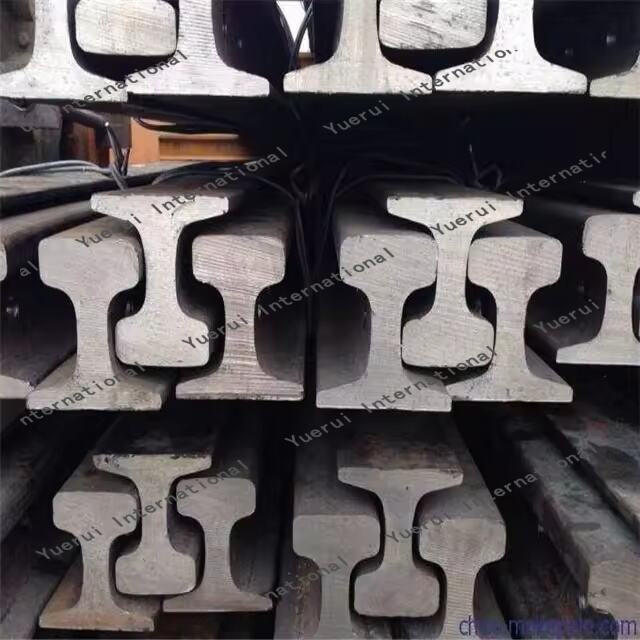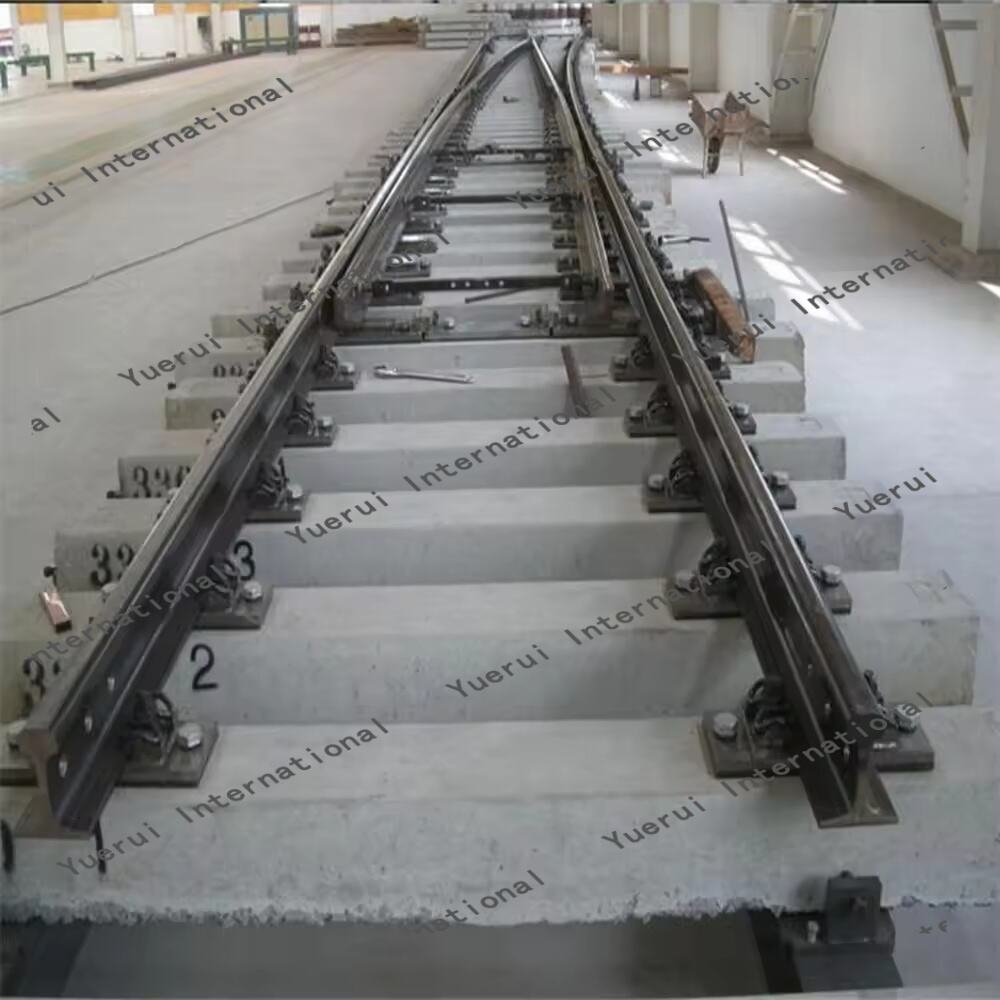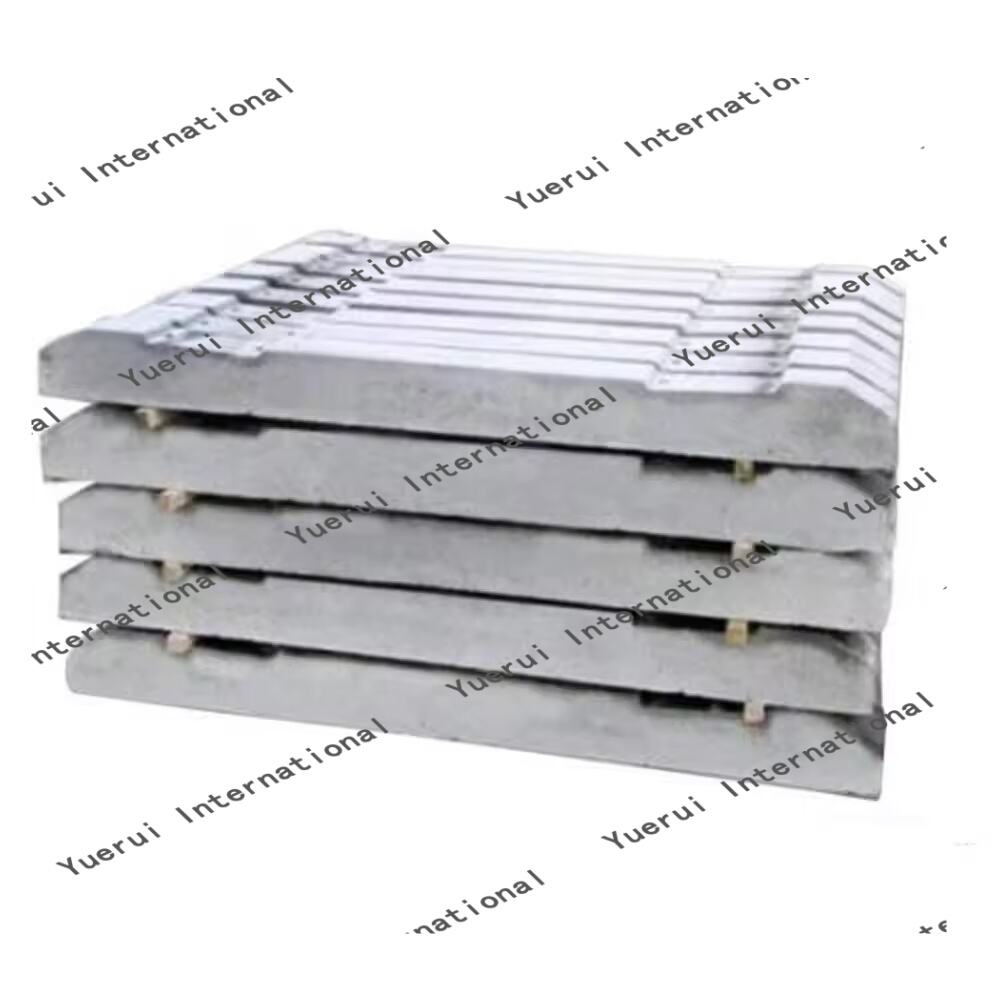old railroad ties
Old railroad ties represent a significant piece of railway infrastructure history, serving as the fundamental support system for rail tracks. These robust wooden beams, typically made from hardwoods like oak or creosote-treated pine, measure approximately 8-9 feet in length and 6-7 inches in height. Originally designed to distribute rail loads and maintain track gauge, these ties have found numerous secondary applications after their primary railway service. The durability and weather-resistant properties of old railroad ties, enhanced by their preservative treatments, make them particularly valuable for landscaping and construction projects. Their standardized dimensions and substantial weight provide excellent stability for retaining walls, garden borders, and steps. The weathered appearance of old railroad ties adds a rustic charm to outdoor projects, while their dense composition ensures long-lasting performance in various environmental conditions. These ties typically feature pre-drilled spike holes and distinctive wear patterns that testify to their authentic railway heritage, making them popular among both practical builders and architectural preservationists.


